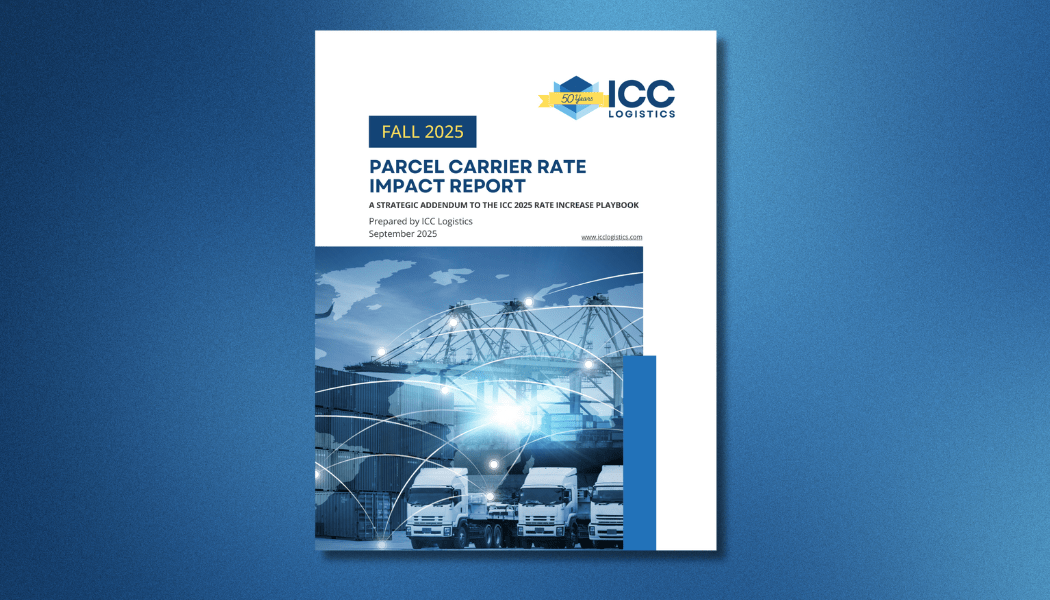FedEx and UPS just posted their highest ground delivery rates since 2018.
According to TD Cowen and AFS Logistics, ground rates in Q3 2025 were 31.2% higher than the January 2018 baseline, up from 20.8% a year ago.
So, what’s driving this, and what can you do about it?
The Real Drivers Behind Rising Costs
The truth is that base rates are no longer the biggest problem. The real hit is coming from fuel surcharges, dimensional (DIM) rounding, and accessorial fees that quietly push costs higher.
Although average ground rates dipped slightly from Q2 to Q3, this drop occurred primarily because there were more business-to-business shipments and fewer residential ones, which tend to be more expensive. Carriers didn’t actually lower their prices.
FedEx and UPS continue to charge more across every service type. Express parcel costs are up around 4% year over year, driven by higher fuel and heavier billed weights. These increases aren’t paying for faster service — they’re paying for complexity.
Why It Matters
If your shipping cost per package is rising faster than your revenue per package, you’re losing margin whether you see it or not. Most of that loss hides in the details of your carrier contracts.
Fuel formulas, rounding rules, and dimensional weight policies often create cost creep that builds over time.
That’s where the real dollars disappear.
This isn’t just a carrier issue; it’s a planning issue. Companies that wait until peak season to react end up paying for mistakes they could have avoided months earlier.
What You Can Do Right Now
There are a few steps that actually help.
Start by auditing your contracts. Take a close look at fuel surcharges, DIM rounding, and minimum charge applications. These areas tend to hide the biggest increases.
Next, review your packaging sizes. Even trimming half an inch can lower your billed weight and reduce your DIM-related costs.
Then, lock in your peak season strategy now. Carrier surcharges are forecasted to hit record highs this year, and planning early gives you room to negotiate or adjust.
Finally, diversify your carrier mix. Many companies save between 10 and 30 percent by adding regional or alternative carriers instead of relying solely on FedEx or UPS.
The Bottom Line
The cost curve isn’t slowing down, and the only way to stay ahead is by using real data to validate every rate, fee, and surcharge before it hits your bottom line.
Get the 2025 Parcel Rate Impact Report
If you want to see exactly how these changes are affecting your operation, download ICC’s 2025 Parcel Rate Impact Report.
The report includes:
- Dimensional Weight Rounding – one inch now drives measurable cost increases
- Fuel Surcharge Escalations – index-based hikes impacting budgets weekly
- Zone Reclassifications – hidden cost shifts in key metro markets
- UPS & FedEx Fee Hikes – surcharges reaching record highs across services
- Peak Season 2025 Surcharges – tiered, time-bound spikes during Q4
Download the Report to see where your parcel costs are really coming from and how to take control before the next rate cycle begins.



 to receive our FREE white papers:
to receive our FREE white papers: